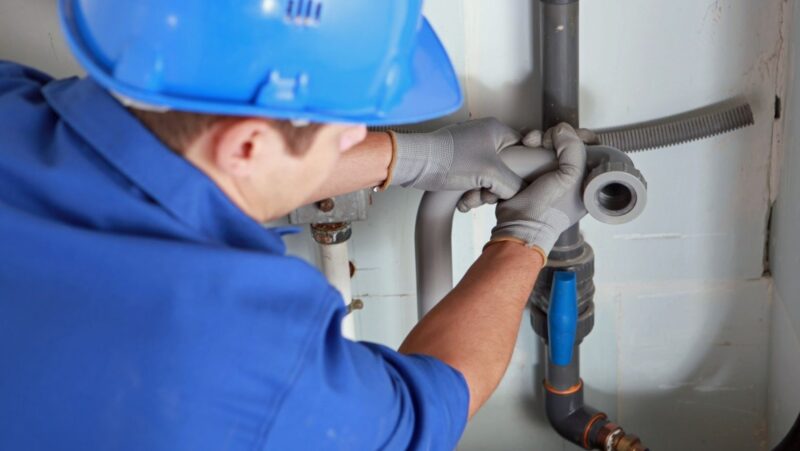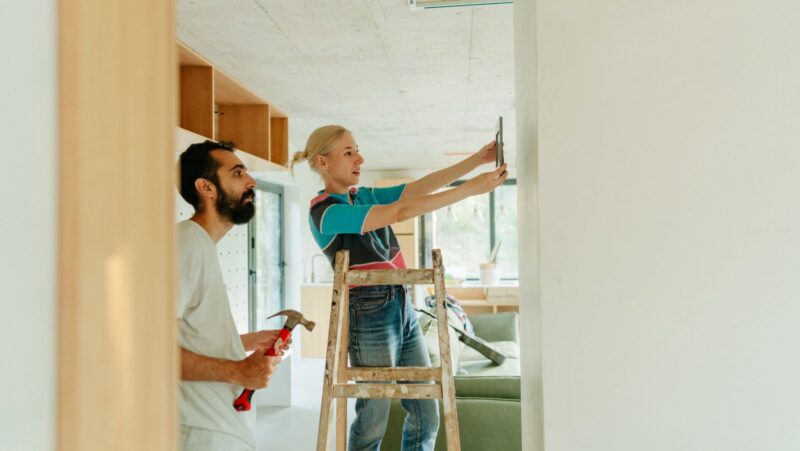
Do you have the feeling that your home isn’t quite as accessible as it could be? Whether you want to make it easier for yourself or a loved one with a mobility issue, it’s important to think through what changes can benefit everyone in your household. That’s why we’ve created this guide for homeowners – so you can make accessibility adjustments easily and without breaking the bank! We will cover everything from everyday basics like bathroom refurbishments to wider practical considerations like door widening, ramps, and stair lifts – all designed to give maximum access in and around your home. Let us help provide some ideas so that everyone can enjoy their living space smoothly and worry-free.
Conducting a Comprehensive Home Accessibility Assessment
A comprehensive home accessibility assessment is the first crucial step toward making your home more inclusive and navigable. This process involves analyzing and documenting potential barriers in your living space that may hinder mobility. Start by examining every room in your house – the living room, bedroom, kitchen, bathroom, and even outdoor spaces. Take note of areas presenting difficulties, such as steep staircases, narrow doorways, or high kitchen cabinets. Maybe you need a wheelchair lift for the front porch or a walk-in bathtub in your bathroom. Write down everything that could pose a challenge to individuals with mobility limitations. This will serve as a roadmap for determining the necessary modifications to make your home more accessible.
Once you’ve pinpointed the mobility challenges throughout your home, it’s time to consider practical solutions that align with those needs. For multi-story homes, navigating between floors can be one of the most significant obstacles. In such cases, exploring modern residential lift solutions can make a transformative difference. These lifts are designed not only for functionality but also to blend seamlessly with your home’s aesthetics. Whether you’re accommodating a wheelchair user or simply planning for aging in place, a residential lift offers a safe, convenient, and future-ready option to improve accessibility without compromising on style.
Budgeting For Accessibility Improvements
Once you’ve conducted a comprehensive home accessibility assessment and identified potential barriers, the next step is to budget for the necessary modifications. Home accessibility improvements can range from inexpensive solutions like rearranging furniture for easier navigation, to substantial investments such as installing stair lifts or wheelchair ramps. Start by categorizing your modifications into high, medium, and low priority.

Next, research the average cost of each modification, considering factors like material costs, labor charges, and any required permits. It’s also beneficial to get quotes from multiple suppliers or contractors for a more accurate estimation of costs. Don’t forget to factor in potential future needs when budgeting, as accessibility requirements may change over time. Remember, investing in accessibility improvements is not just about cost—it’s about quality of life. While some modifications may seem expensive upfront, the long-term benefits of a safer and more accessible home are invaluable.
Creating a Wheelchair-Friendly Entrance
A wheelchair-friendly entrance is a key component in making your home accessible. Start by ensuring that the pathway leading to the entrance is smooth, wide enough for a wheelchair, and free of any obstructions. If there are steps leading up to the entrance, consider installing a wheelchair ramp. The slope of the ramp should be gradual and non-slip to prevent accidents. Handrails on both sides can further enhance safety.
Automatic or easy-to-open doors are also recommended to make the entrance more wheelchair-friendly. If space permits, a covered entrance can offer protection from weather conditions. Finally, adequate lighting is essential to ensure visibility during evenings and nights. By creating a wheelchair-friendly entrance, you not only improve access for wheelchair users but also make your home more welcoming for all visitors.
Adapting Doorways And Hallways
Doorways and hallways are integral parts of the home that often need to be adapted for improved accessibility. Standard doorways can be too narrow for some mobility aids, particularly wheelchairs or walkers. In such cases, widening the doorways is a recommended modification. The minimum clear width for wheelchair access should be 32 inches, although wider is always better.
For doorways that cannot be widened, replace traditional doors with pocket doors or barn-style doors, which provide more clearance and are easier to operate. Door knobs can be replaced with lever-style handles, which are much easier to use for people with limited hand strength or dexterity.
Hallways should be kept free of obstructions and should be wide enough to accommodate mobility aids. If you have carpets or rugs in the hallways, ensure they are secure to prevent tripping hazards. Good lighting is also crucial in hallways to avoid accidents and aid navigation.
Navigating Stairs
Staircases can be a significant obstacle for people with mobility challenges. However, several modifications can make stairs in your home more accessible. Start by installing handrails on both sides of the stairs, ensuring they are sturdy and smooth for easy gripping. Handrails should extend beyond the top and bottom of the staircase to provide additional support.
For individuals who use wheelchairs or have difficulty climbing stairs, stair lifts can be an invaluable addition. These motorized seats move along a track that’s fitted to the staircase, allowing individuals to navigate between floors without exertion. When choosing a stair lift, considering factors such as weight capacity, seat size, and safety features is crucial.

In conclusion, making your home more accessible doesn’t have to be overwhelming or costly. By conducting a comprehensive assessment, budgeting effectively, and implementing practical modifications like those mentioned above, you can create a more inclusive living space for everyone in your household. Remember, accessibility is about promoting independence and ensuring safety for individuals with mobility challenges.












